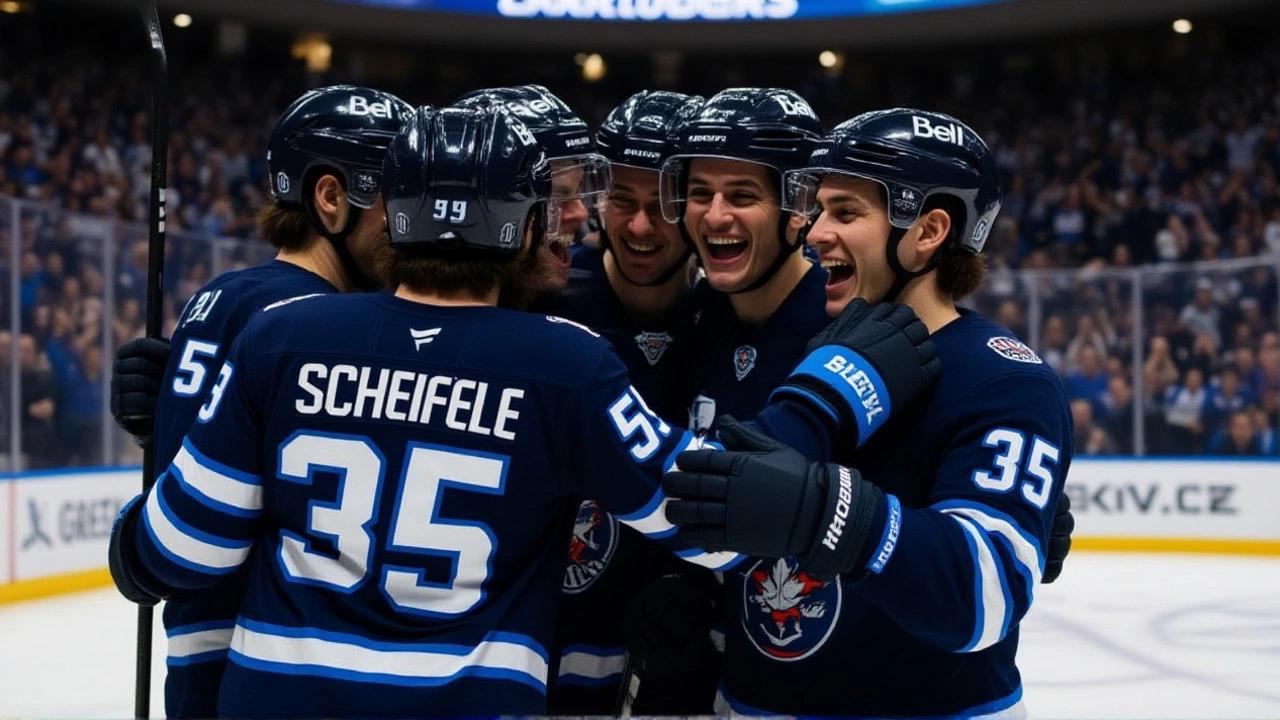NHL: The Fast‑Paced World of Ice Hockey and Its Links to Motorsport
When talking about NHL, the National Hockey League, North America’s top professional ice‑hockey organization. Also known as National Hockey League, it blends elite athleticism with massive fan devotion. The NHL draws crowds who love speed, skill, and strategy—qualities that echo across many sports. Below we’ll break down the key parts of the league, show how it relates to other high‑energy arenas, and set the stage for the stories you’ll find in the list.
One core element of the NHL is ice hockey, a team sport played on a frozen rink where players skate, pass, and shoot a rubber puck into the opponent’s net. Ice hockey demands lightning‑quick reflexes, precise puck handling, and seamless teamwork. Because the game unfolds in three 20‑minute periods, each shift is a burst of high‑intensity effort, much like a sprint on a race track. The sport’s emphasis on speed and split‑second decisions makes it a natural cousin to any high‑performance competition.
Beyond the game itself, the NHL operates as a professional sports league, an organization that structures competition, enforces rules, negotiates media rights, and markets teams to a global audience. Running a league of this size requires sophisticated logistics, from scheduling games across time zones to managing player contracts. The league’s business model hinges on fan engagement, sponsorship deals, and broadcast revenue, all of which create a massive ecosystem that fuels community events, merchandise sales, and even crossover interest from other sports.
Now, let’s pivot to the world of motorsport, organized competition involving race cars, motorcycles, or other vehicles on specially designed circuits. While the surface looks different—wheels versus skates—both domains share a relentless pursuit of speed, precision engineering, and teamwork. In motorsport, engineers fine‑tune engines, aerodynamic packages, and tire choices; on the ice, coaches calibrate line‑changes, power‑play strategies, and line‑matching. Both arenas thrive on data, performance analytics, and a culture that pushes limits.
One practical crossover is the role of racing fuel, high‑octane gasoline formulated for maximum power output in competition vehicles. In motorsport, the right fuel mix can shave tenths of a second off lap times, just as optimal nutrition and equipment can give a hockey player a competitive edge. While you wouldn’t pour racing fuel into a car’s daily tank, the principle of using specialized resources for peak performance resonates across both fields.
For fans who want to try their hand at high‑speed competition, entry‑level series like Formula Ford or the Skip Barber Racing School provide a realistic stepping stone. These programs mirror the NHL’s development path, where young talent hones skills in junior leagues before reaching the big stage. Both pathways stress disciplined training, mentorship, and incremental learning, proving that the road from backyard enthusiast to pro athlete follows similar milestones.
Ever wondered how pricey a single lap of top‑tier racing can be? A recent look at MotoGP shows that one lap can cost around $200,000 when you factor in tire wear, fuel, and personnel. That figure highlights the massive financial commitment behind elite motorsport—something the NHL also experiences through player salaries, arena maintenance, and marketing budgets. Understanding these costs gives fans a deeper appreciation for the scale of professional sport.
All this context sets the stage for the collection below. You’ll discover analyses of team strategies, deep dives into equipment choices, and stories that bridge ice and asphalt. Whether you’re a die‑hard hockey fan, a budding racer, or just curious about how high‑performance worlds intersect, the articles ahead offer practical insights and engaging narratives. Dive in and see how the fast‑lane mindset drives success across the NHL and beyond.


